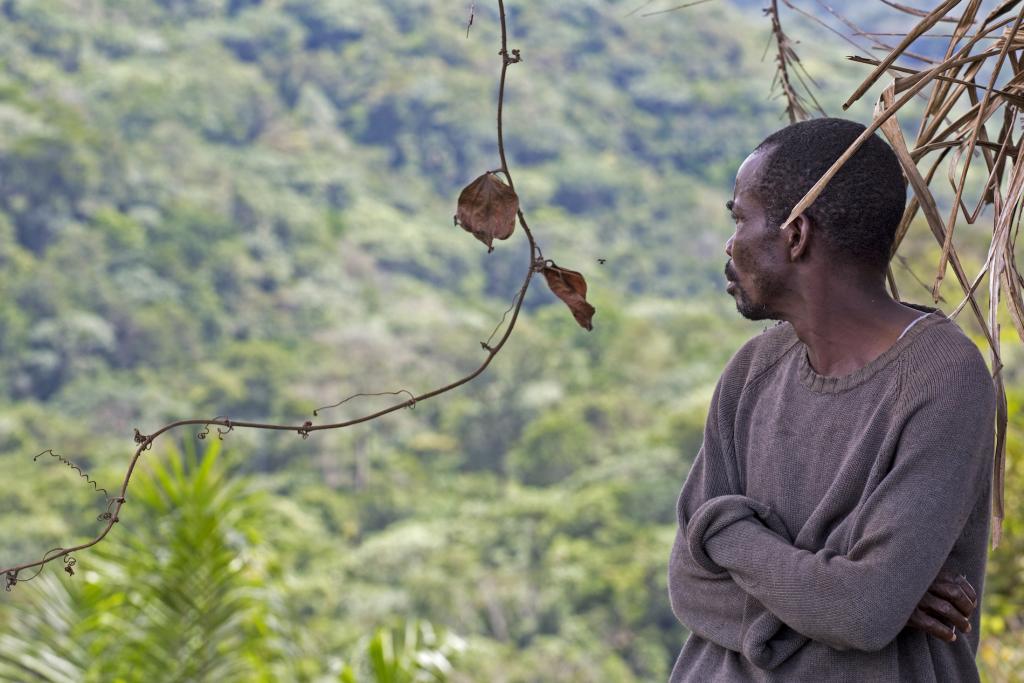Among the solutions being negotiated are major programmes such as Reducing Emissions from Deforestation and Degradation of Forests (REDD+), which aims to incentivise Global South countries to reduce carbon emissions from deforestation and forest degradation. But who owns the carbon, the trees, the land?
The rainforest is not an empty virgin territory, nor is it only a carbon provider for a new type of market. It is also the home, food source and pharmacy for the millions of Indigenous people who live there, have protected it for thousands of years and depend on it for their survival.
The question of land rights has long been the elephant in the room; 22% of the total carbon found in tropical and subtropical forests is located on lands managed by Indigenous communities with at least a third of these lands not formally recognised. Without any legal recognition of their tenure rights, Indigenous lands remain vulnerable to environmentally destructive projects and activities, and hence to a massive release of carbon into the atmosphere.
REDD+ promotes significant investments to combatting climate change and poverty in complex contexts posing substantial risks to forest-dependent communities, such as Indigenous peoples. But these investments can only be realised if REDD+’s proposed actions improve the forest-dependent communities’ living conditions, including securing those communities’ rights to lands and natural resources, and respecting their human rights.
If not, the accumulation of interventions and the anticipated arrival of REDD+ benefits may amplify the land grabbing that is already taking place and provoke new conflicts in already fragile territories.
As a result, REDD+ has increased the focus on local communities’ participation and on their traditional tenure rights, yet the programme faces a good deal of criticism. Various international non-governmental organisations, in places like the Democratic Republic of the Congo (DRC), argue that its initiatives will produce “business as usual” mechanisms, favour the emergence of private actors, dismiss the benefits for the poorest people, reduce state accountability for forest conservation and overlook community ownership of REDD+ goals.
“Through REDD+, communities benefit from dedicated funding and participation mechanisms, receive greater attention and are called upon to engage in high-level political processes”, said Patrick Saïdi, coordinator for a civil society network defending Indigenous peoples’ rights in the DRC. “Indigenous peoples’ issues have grown on the agenda despite their lack of recognition by the Congolese government. However, so far, we see no change on the ground. The same representatives participate in the debates, funding is coming, but we cannot say that the interests of the communities have been taken into account. No one took the time to actually speak with them on the ground. Is REDD+ the solution? Not the way it is designed now”.
The potential perils stemming from various REDD+ initiatives are considerable and deserve the attention of all key players. Given the risks pertaining to governance, conflict and livelihoods, these initiatives should ensure that Indigenous people's rights – including their access to natural resources and more broadly, their human rights – are put at the centre of climate governance.
The conceptual and practical intersection of human rights and environmental protection remains to be investigated further in order to deliver more interesting results than either discipline working in isolation.
Photo credit: Riccardo Pravettoni
This article is part of “Student Works”, a news series highlighting the best student papers from the Graduate Institute.


